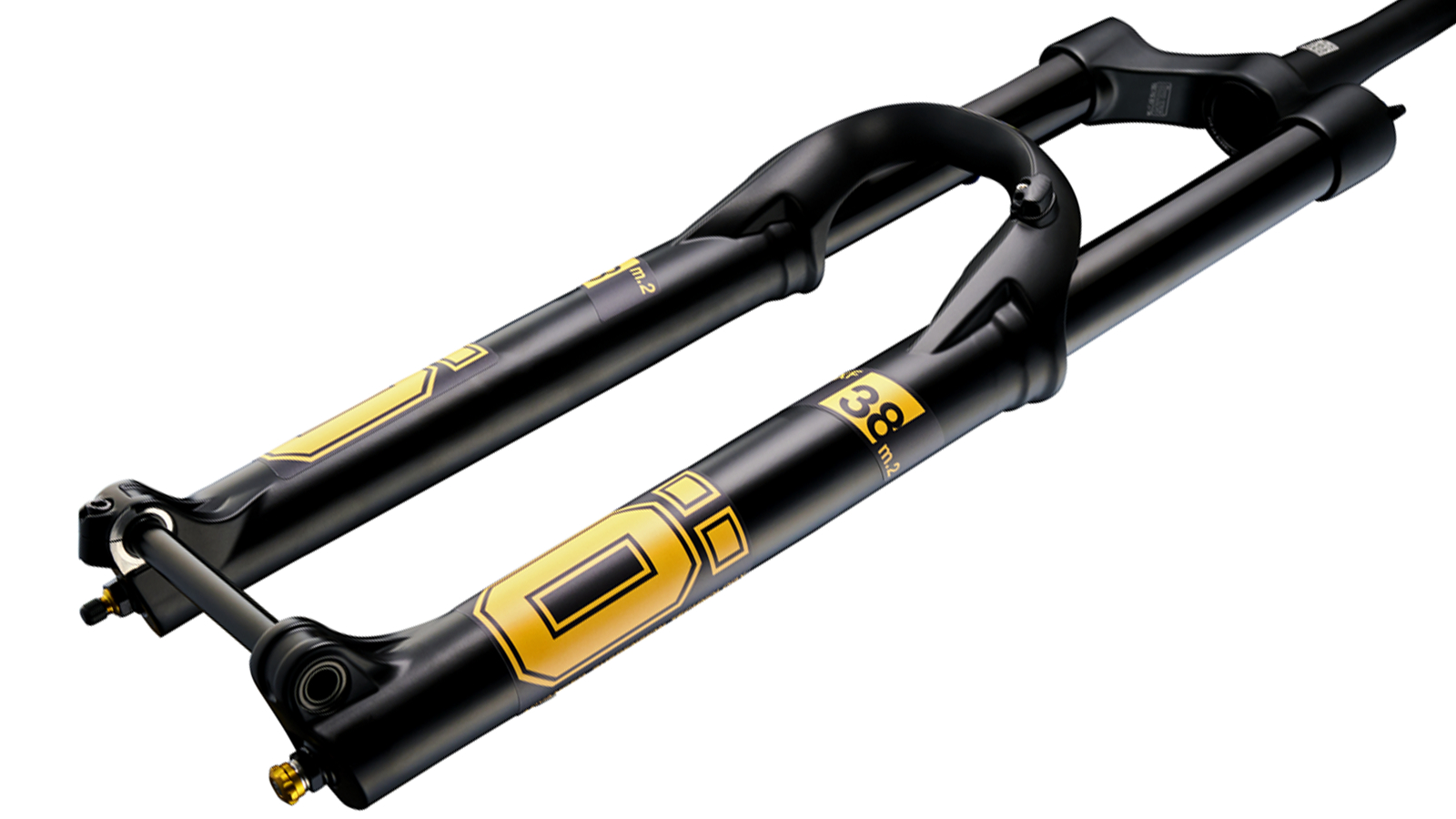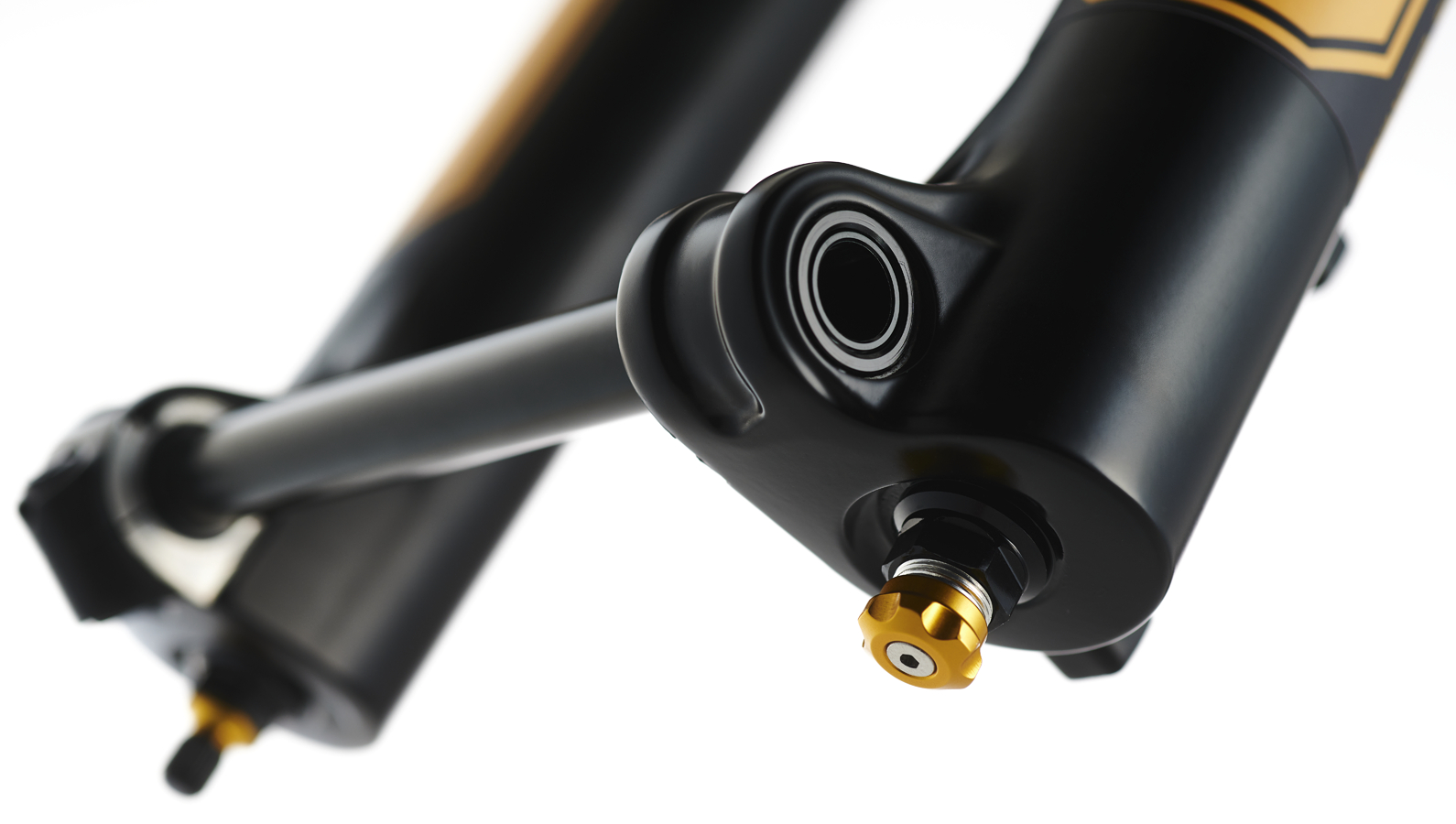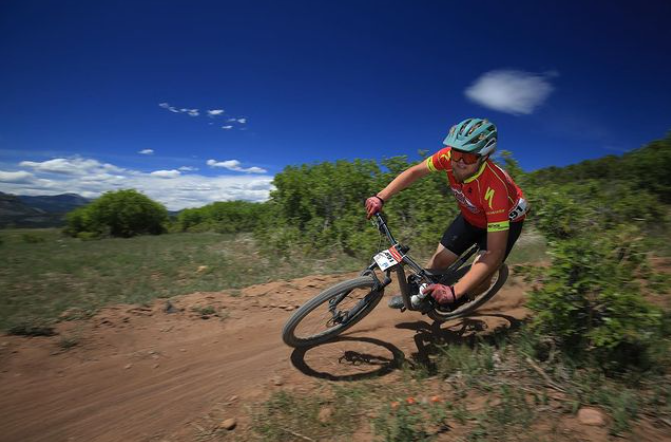Ohlins expands RXF38 range with new enduro fork
New RXF38 m.2 fork features 38mm stanchions, 160-180mm of travel, and is designed for trail, enduro and e-MTB use

Ohlins has launched the RXF38 m.2: a long-travel, single-crown fork designed around "hard-hitting trail, enduro and e-MTB use." The 'm.2' version of the fork builds on the RXF38 m.1 fork, which was released about a year ago with limited availability.
The second-generation fork is available only for 29ers, but offers 160-180mm of travel, 44 and 51mm crown offset options, and features the brand's TTX18 damper and three-chamber air spring. The air spring is adjustable so riders can run either 160-, 170, or 180mm of travel.
This new fork is essentially a companion to Ohlin's DH38 dual-crown downhill fork, as it shares much of the same technology the brand developed on the World Cup circuit with athletes like Loic Bruni. For instance, the air spring and damping systems on the RXF38 are nearly identical to the DH38.
The 38 in the forks name refers to the stanchion diameter - 38mm. Ohlins went with a bigger diameter to increase stiffness, which in turn reduces flex. However, stiffness can lead to a harsh trail feel, which is obviously antithetical to the whole concept of suspension. With the RXF38, the brand worked to reduce harshness in braking, cornering, and impact situations.
Another area Ohlins sought to find balance in is downhill performance versus lightweight climbing ability. The new fork can handle shuttle runs on gnarly downhill tracks, but it also seeks to be a well-rounded enduro fork too. The forks crown, stanchions, and lowers have all been fine-tuned to find a balance between stiffness and weight. The fork weighs, 2,320 grams, which is 200g more than the RXF36, a more-slender single crown trail fork.

Downhill-adapted damping
The forks internals use the TTX18 damping system, which includes an 18mm piston for small bump sensitivity. The air spring and damping system are also at home when it comes to bigger hits from compressions or drops on the trail.
In terms of adjustability, the fork features 15 clicks of low-speed compression and low-speed rebound damping paired with three clicks of high-speed compression adjustment. There is also a climb mode for riders who prefer a stiffer platform when heading up the hill.
For riders who prefer electric assistance, the fork is available with e-MTB compatible crowns. There is clearance for up to 2.6in tires and the fork has been optimized for use with 200mm rotors, though it can accommodate rotors up to 220mm.
If you're looking to get your hands on one, the fork will be available starting later this fall and will cost $1,350 / €1,238.
Ryan Simonovich has been riding and racing for nearly a decade. He got his start as a cross-country mountain bike racer in California, where he cultivated his love for riding all types of bikes. Ryan eventually gravitated toward enduro and downhill racing but has also been found in the occasional road and cyclo-cross events. Today, he regularly rides the trails of Durango, Colorado, and is aiming to make a career out of chronicling the sport of cycling.
Rides: Santa Cruz Hightower, Specialized Tarmac SL4

